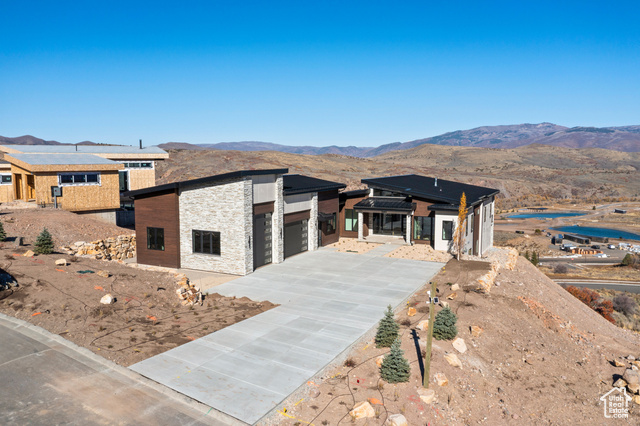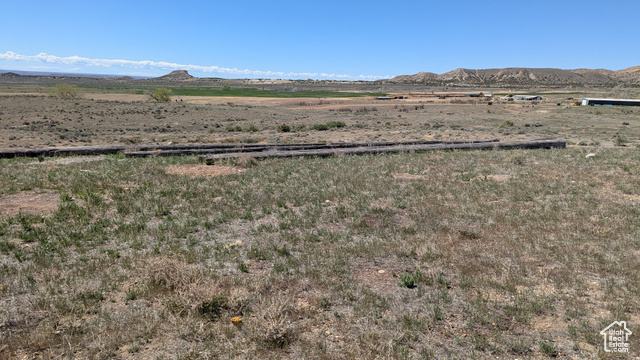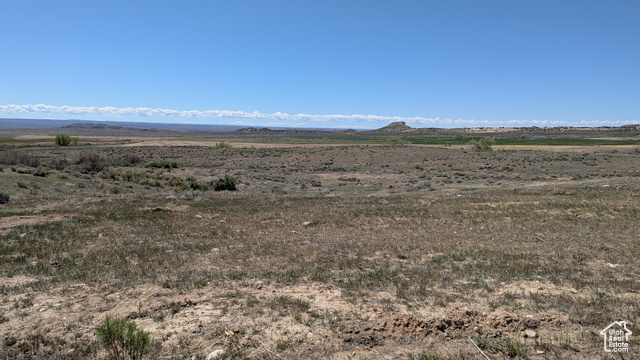Avoid five kitchen trends that can hurt resale value in 2026. Utah-focused alternatives, budgeting tips, and material guidance for Salt Lake, Park City, and St. George homeowners.

Buying a home in Utah requires more than judging curb appeal and price. Certain property types carry hidden risks that can lead to expensive repairs, higher insurance costs, and damaged resale value. The following guide outlines five categories of properties that buyers should evaluate very carefully before committing. Each section explains why the property type is risky, how to spot red flags, and what due diligence steps protect a buyer's investment.
1. Homes That Back or Face a Major Surface Street
Properties adjacent to or facing major surface streets often trade lower purchase price for long-term drawbacks. Appraisers, buyers, and future sellers recognize the downsides: a typical resale penalty can reach 15 percent or more simply because a home backs to or faces a busy road. Other consequences include higher homeowners insurance, persistent noise, poorer air quality from constant traffic, and an overall increase in daily stress.

Key warning signs
- Visible traffic lanes with painted orange or white lines
- Large strips of undeveloped land nearby slated for transportation projects
- Regular vehicle noise visible during neighborhood visits
Protection steps
- Research planned roadway or infrastructure projects with local planning departments.
- Visit the property at different times of day to evaluate noise and traffic patterns.
- Factor potential resale impact into offer strategy rather than relying solely on current price.
2. Flipped Homes
Renovated and staged properties can look turnkey, but cosmetic upgrades often conceal larger deficiencies. Many flippers focus on visual improvements that increase saleability and may skip permits, omit structural engineering when removing walls, or use unlicensed tradespeople for systems work. The most costly surprises usually involve the roof, foundation, HVAC, plumbing, and electrical systems.

Common problems with flipped homes
- Cosmetic-only upgrades that do not address aging mechanical systems.
- Work performed without permits or by unlicensed contractors, especially for plumbing, electrical, and HVAC.
- Lack of seller disclosures on past issues because the seller never lived in the property.
Due diligence checklist
- Request a permit history from the city to confirm that major work was permitted and inspected.
- Use a licensed home inspector and, when needed, specialists for structural, electrical, or plumbing systems.
- Insist on full seller disclosures and treat their absence as a red flag.
3. Homes with Solar Panels (Especially Leased Equipment)
Solar arrays can reduce utility bills, but the purchase structure matters. Leased systems transferred to a buyer rarely provide the same financial benefit as owned systems. Long-term leases can be overpriced when compared to the actual electricity savings, and they complicate financing and resale.
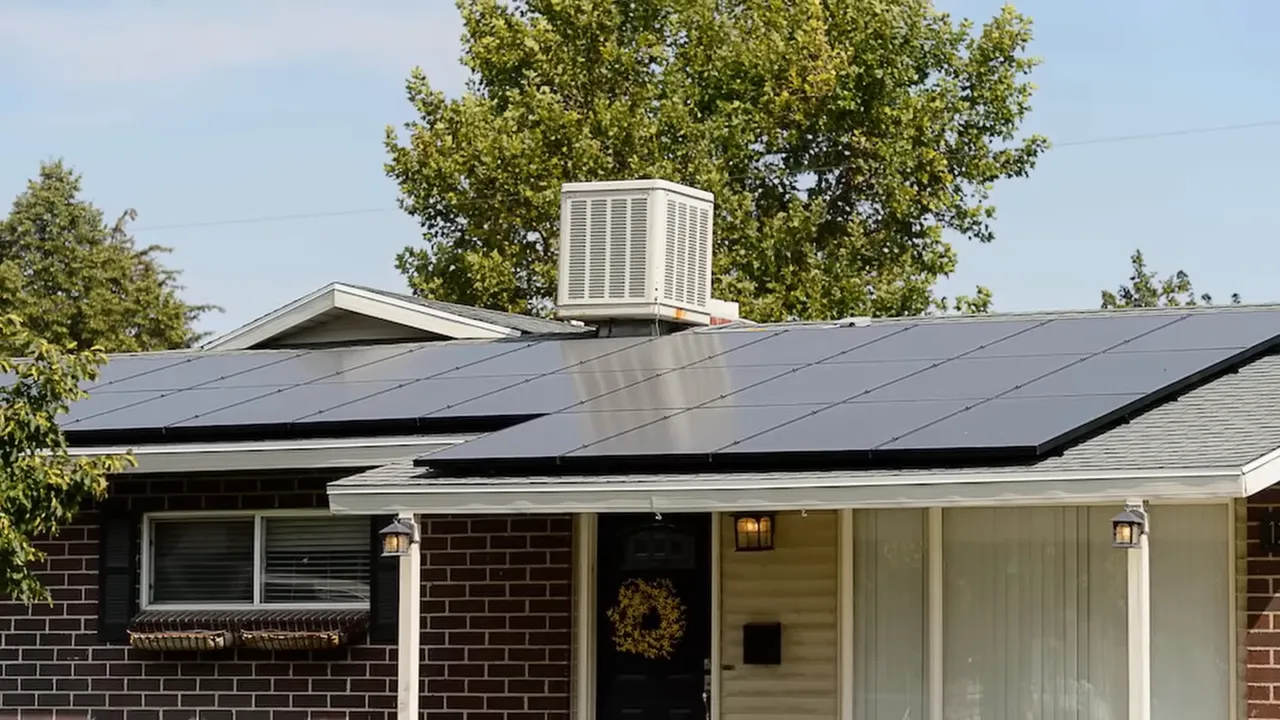
Roof and installation risks
- Improper installation may compromise roof penetrations and shorten roof lifespan.
- Re-roofing requires solar companies to uninstall and reinstall arrays, often doubling roof replacement costs.
- An older roof under panels is especially risky if the system is not owned outright.
Questions to ask
- Are the panels owned, leased, or will they be paid off at closing?
- Was the installation done by a licensed installer and inspected by the municipality?
- What is the roof condition under the array and how old is it?
4. Homes with Major or Hidden Issues
Some properties are priced low for good reason. Hidden liabilities can include environmental contamination, flood history, sinkholes, easements that limit access, and active legal disputes such as HOA lawsuits. Historic district restrictions can also make renovations costly and logistically complex. These problems are often revealed in seller disclosures or title reports and can dramatically affect both habitability and resale value.
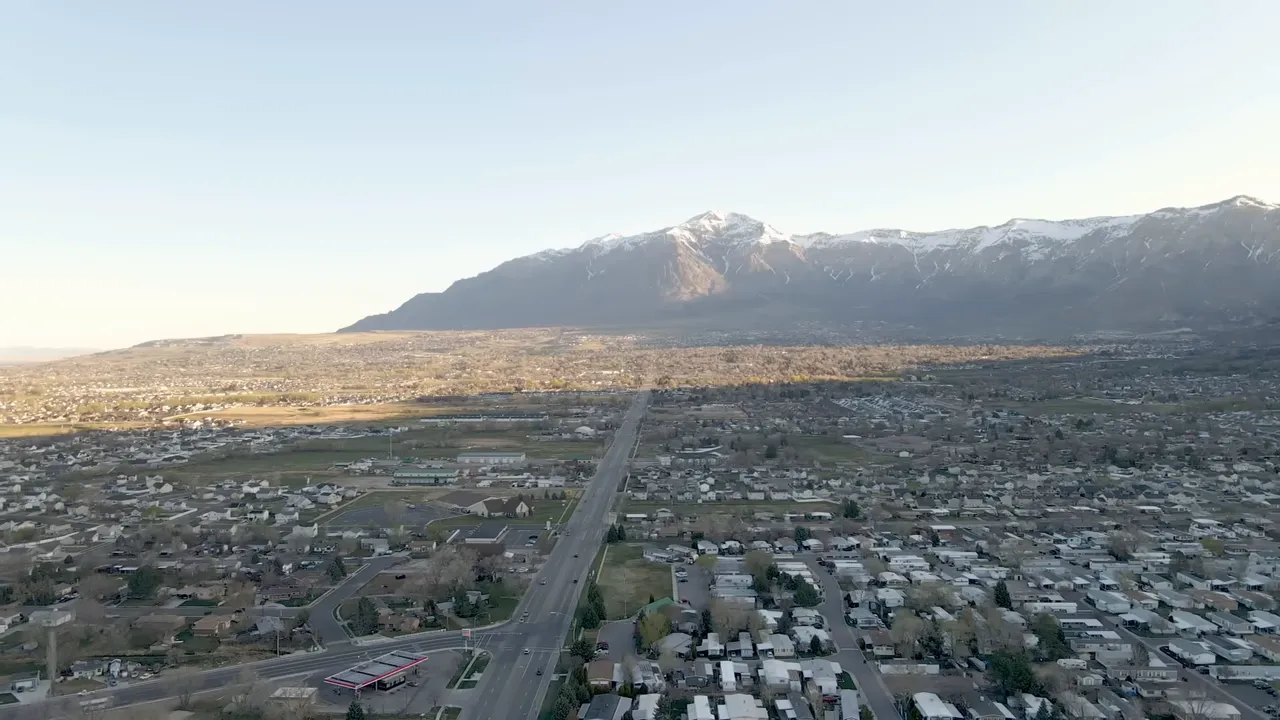
Types of large issues to investigate
- Flood history, mold, or meth contamination requiring remediation
- Unusual easements or access restrictions that reduce usability
- Active HOA litigation or special assessments that increase ongoing costs
- Historic designation that mandates expensive renovation standards
How to investigate
- Carefully review seller disclosures and request documentation for prior repairs and remediation.
- Order specialized inspections for suspected environmental or structural problems.
- Check public records and local planning resources for easements, floodplain maps, and legal actions.
5. Homes with Structural or Soil Issues
Soil and foundation problems are among the most expensive and disruptive risks in Utah. Examples include homes built on poorly compacted fill or in areas prone to landslides. Even when soil tests were performed, execution failures during development can lead to settlement, foundation cracking, or, in extreme cases, condemned properties. Older neighborhoods can also hide sewer damage from tree roots and other aging infrastructure concerns.
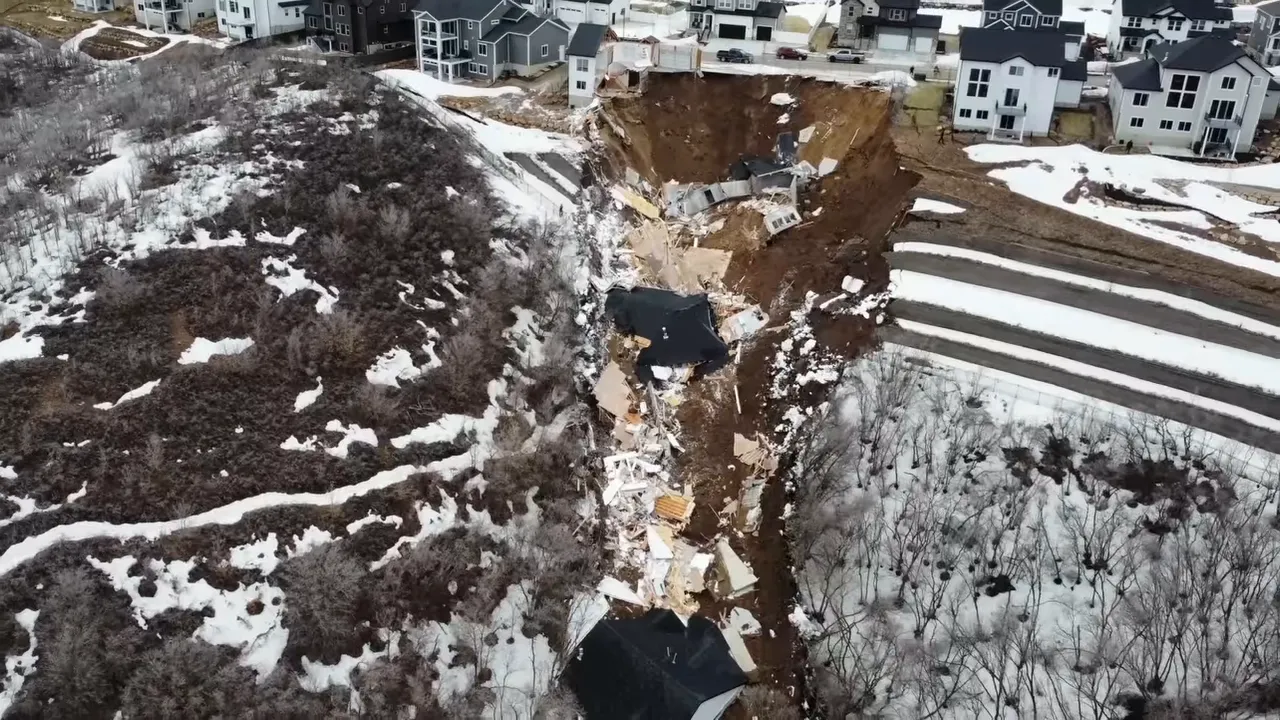
Red flags that suggest soil or structural risk
- Visible floor humps or sagging ceilings indicating differential settlement
- Cracked foundations, uneven floors, or doors that no longer close properly
- Properties built on large engineered fills or lots raised significantly above surrounding terrain
Inspection and reporting strategy
- Start with a thorough home inspection, but expect the need for specialized structural and geotechnical reports.
- When the inspector identifies potential issues, commission a structural engineer and, if necessary, a geotechnical evaluation.
- Compare repair cost estimates against long-term value and consider walking away from lots with systemic foundation problems.
How to Protect a Utah Home Purchase
Buyers should approach every property with a layered due diligence plan. That plan should include permit research with municipal records, a licensed home inspection, and follow-up specialist inspections when warranted. Seller disclosures are vital; missing or incomplete disclosures should prompt additional scrutiny. For historic homes or properties with known neighborhood issues, expect higher renovation costs and longer permitting timelines.
Specialized resources that can help include state licensing lookups for contractors and local planning department records. For general Utah real estate listings and local market resources, consult https://bestutahrealestate.com. For regulatory or statewide data, authoritative resources such as utah.gov and nar.realtor offer useful background information.
Final Notes
Purchasing a home in Utah requires more than assessing aesthetics and price. Preventing a poor investment starts with identifying high-risk property types: those next to major roads, flipped homes with insufficient documentation, leased solar systems, properties with hidden legal or environmental issues, and homes built on unstable soil. Layered due diligence—permits, inspections, and specialist reports—reduces the risk of costly surprises and protects long-term value.
For additional local market information and current Utah property listings, visit https://bestutahrealestate.com.
Frequently Asked Questions
How much can a busy road reduce a home's resale value?
A home that backs to or faces a major surface street can lose roughly 15 percent or more of its resale value compared to similar homes not adjacent to heavy traffic, due to noise, air quality, and buyer preferences.
Are all flipped homes risky purchases?
Not all flipped homes are problematic, but a significant portion--estimated at 70 to 80 percent in many markets--have cosmetic upgrades that mask underlying system or structural issues. Always verify permits and obtain system-focused inspections before purchase.
What should a buyer do if solar panels are leased?
Confirm whether the lease transfers to the buyer and obtain full lease terms. Consider having the system evaluated for performance and verify whether the seller will pay off the lease at closing. Factor potential re-roofing costs and uninstall/reinstall fees into long-term ownership costs.
How can soil issues be detected before buying?
Begin with a visual inspection for settlement signs and review property disclosures and municipal records. If concerns arise, order a structural engineering report and a geotechnical evaluation to determine soil stability and estimate remediation costs.
What is the role of seller disclosures in uncovering major issues?
Seller disclosures often reveal past damage, remediation, or ongoing problems. They provide a starting point for targeted questions and inspections. Missing disclosures are themselves a red flag and should prompt additional investigation.

